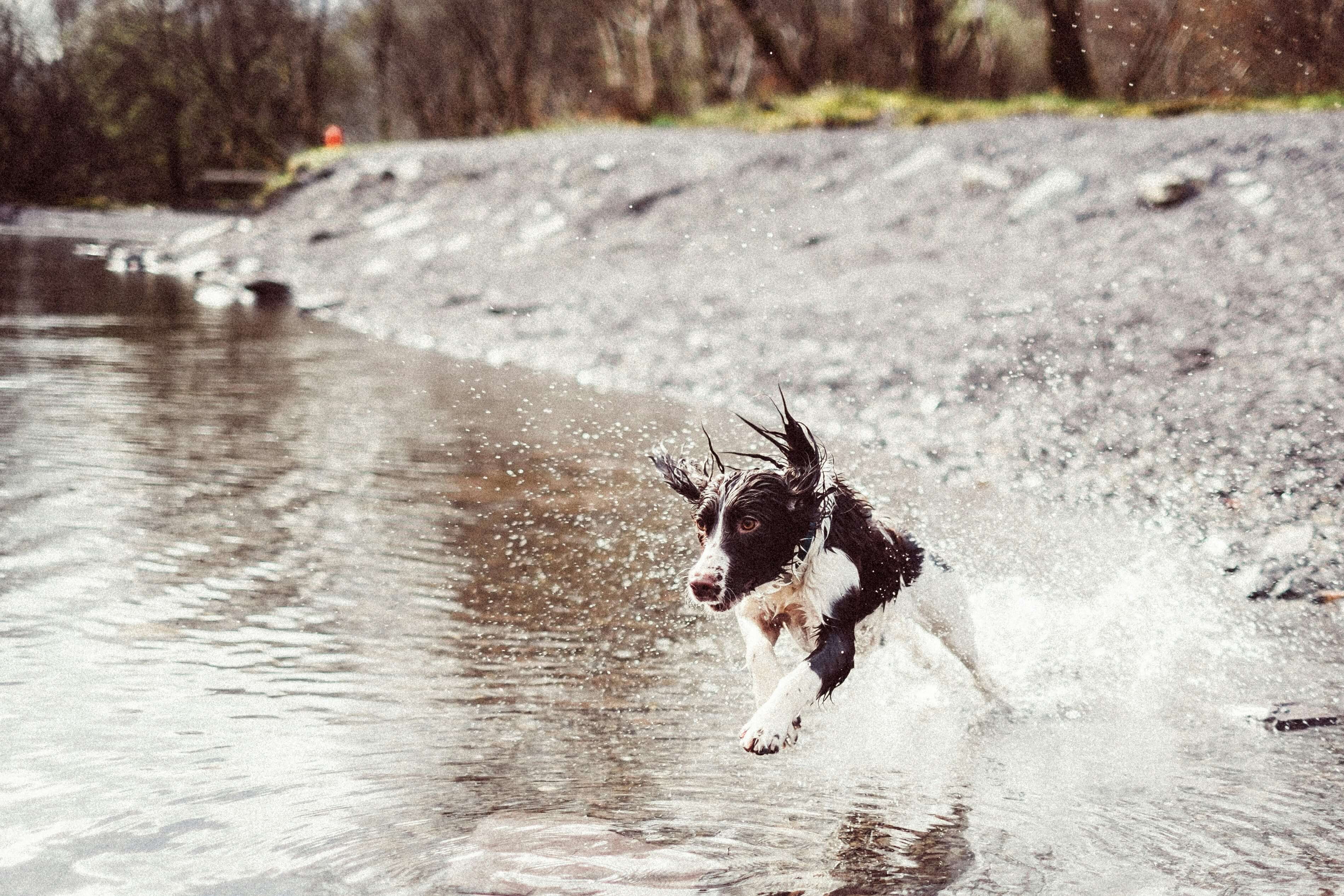
It’s teatime and your pet doesn’t want to eat — you put their bowl of food down, they take a whiff and walk straight off. Does that sound familiar? Some cats and dogs can be very fussy eaters and it can be difficult to get your pet’s mealtime routine back on track. Here are HiLife’s top tips on what to do if your pet is a fussy eater:
‘My fussy dog won’t eat!’
While it’s a common belief that all dogs are food-motivated, this is not always the case. Factors such as size and breed can affect a dog’s attitude to food — for example, smaller breeds are more likely to be picky eaters than larger breeds — so it’s important to take that into account. Nonetheless, there are a few ways to entice your fussy dog into enjoying their food:
Establish a schedule
Consistency is key for your canine, so it’s important to stick to a regimented feeding routine. This means feeding your adult dog once or twice at the same time every day, without leaving the food out for more than a short period of time. It’s also useful to feed your dog in the same location, preferably in the same dog bowl too.
Limit treats
A common problem is feeding your dog one too many treats or table scraps throughout the day. Although it’s tempting (and often difficult to ignore their adorable puppy dog eyes), those hidden calories can add up and your dog is less likely to eat their food if they’re already satiated by mealtime. That’s why it’s important to give pets the opportunity to get hungry.
Regular exercise
By the same token, making sure your dog is getting enough exercise in the day will help them build up an appetite ready for their meal. If you already walk your dog according to their needs, try upping the distance or pace a little. This may help them work up an appetite.
Choose a meal they really love
If your dog doesn’t seem very enamoured by their food, try choosing a meal that they’ve previously loved — or a high-quality food. HiLife it’s only natural Complete Dog Food Pouches, for example, are made with 100% natural ingredients and wholegrain rice, complemented with carefully selected ingredients including salmon, duck and cranberries.
Make it fun
Picky eaters often play with their food instead of eating it, so why not encourage them to do both with the help of a good feeding toy? A puzzle feeder, like this Dog Brick from Nina Ottosson, will not only engage your dog in their mealtimes; it will help them build up an appetite by making them work for their food.
‘My fussy cats won’t eat!’
Kitties are very particular creatures, so a feline fussy eater can be difficult to contend with. By nature, cats are programmed to hunt for their food, which gives them a heightened sense of taste and smell. This can contribute to being a picky eater by making them have specific preferences for certain textures or flavours of food and how it is served. Here’s our top tips:
Pick a safe space
Cats appreciate privacy and security when it comes to mealtimes, so ensuring that they have a safe, private space to eat their food can help. This also means cats like to be kept in peace while eating, so it’s beneficial to switch their feeding time until the rest of the household has eaten. For cats in multi-cat households, ensure each cat has their own time and space so they don’t feel that they must compete or feel threatened at mealtimes.
Limit treats
We can be tempted to feed our cats titbits throughout the day, but this is a sure-fire way to contribute to their fussy eating. Keeping treats to a minimum will allow your cat the opportunity to get hungry, while also teaching them to look forward to mealtimes.
Unlike with dogs, the adventurous nature of our cats means we have the outside world to compete with too. While cats are out and about, they may be getting food or treats from elsewhere, making them less likely to eat their meals. You can train them to eat only at designated times by only leaving their meals out for half an hour before taking them away. That way, they’ll learn to adhere to a feeding routine and are less likely to welcome an unscheduled snack.
Choose a meal they really love
Try choosing a meal you know your cat has enjoyed before, or a new high-quality food that will get them excited. HiLife it’s only natural Pouches, for example, are grain-free with 100% natural ingredients. Plus, your cat will actually be able to SEE the real meat and fish in their dish, making them more likely to tuck in.
Keep it fun
Adding a puzzle or game into the mix at mealtimes can trigger your cat’s hunting instinct and encourage them to eat. A snuffle mat, for example, is an enrichment toy that encourages your cat to sniff and search out food. This will make mealtimes a fun challenge for your cat and hopefully encourage them to eat. This handy tutorial from Blue Cross teaches you to make a DIY snuffle mat.
From fussy eater to HiLife lover…
We chatted to some of our friends to find out how their pet transformed from picky eater to HiLife lover.
Bella & Joanna

“Bella is an extremely fussy eater; both the smell and texture of the food can put her off. We’ve tried every dog food brand there is on the shelves and she wasn’t enjoying any of it. Then, one day we found HiLife it’s only natural pouches and treats for our cats and Bella seemed super interested. We thought it might be worth buying the HiLife it’s only natural Complete Dog Food for her — and she absolutely loved it! We even had to invest in a slow feeding bowl as we’ve never seen her eat anything so quickly.
“Not only does Bella love the food, but, as pet owners, we love that HiLife focuses on making all-natural pet food: zero harmful ingredients — only healthy goodness with meat, veggies and fruit.”
Bella & Gemma

“Bella has always been a fussy eater when it came to wet food. She would start off well, but quickly get bored. We tried HiLife for the first time when she was a kitten and, ever since, she’s loved it.
“I think one of the main reasons she enjoys it is because of the natural meat and fish. We were giving her tinned tuna for a while as that was the only thing she would eat, so with the natural food and jelly, it was the perfect combination for Bella.”
Please note that you should always consult with a vet if there is a sudden change in your pet’s appetite.



